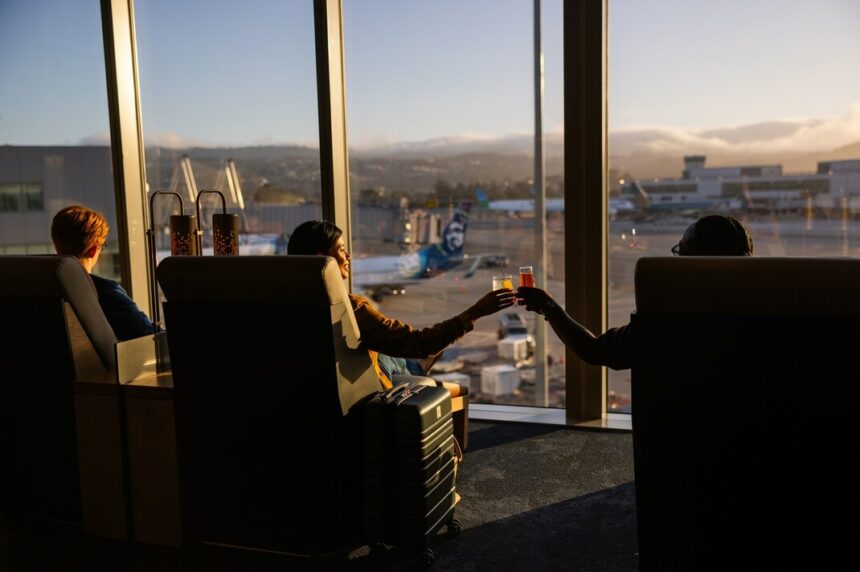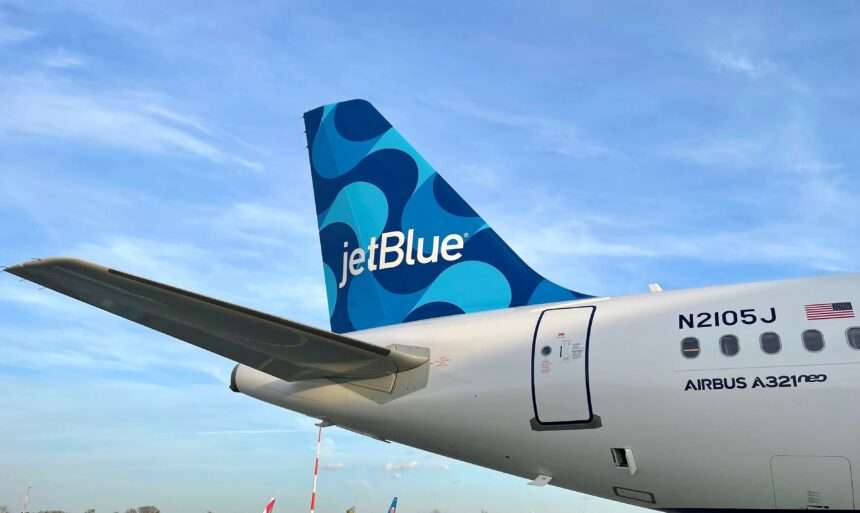The Asia-Pacific (APAC) region is witnessing a significant transformation in its aviation landscape. Fueled by a burgeoning middle class and robust economic growth, passenger demand for regional flights is on the rise.
To meet this growing need, airlines are placing substantial orders for new aircraft. However, there’s a pressing challenge: balancing this growth with minimizing environmental impact and soaring fuel costs.
Enter the D328eco, a game-changing turboprop poised to redefine regional aviation in APAC. This revolutionary aircraft prioritizes sustainability without compromising on performance, making it a win-win for airlines, passengers, and the environment.

Understanding the Shift in Regional Aviation
Regional aviation serves as a crucial feeder system for mainline carriers, connecting them to developing cities and communities.
The APAC region is experiencing a surge in investment in new airport projects, with a particular focus on establishing routes to Tier 2 and Tier 3 cities. This highlights the strong economic impetus behind the demand for capable regional aircraft.
To keep pace, airlines need to replace aging regional jets with next-generation turboprops specifically designed for regional operations. Notably, the turboprop market spearheaded the post-pandemic recovery, surpassing pre-COVID utilization rates since 2022.

The APAC region has a significant fleet of sub-50-seater turboprops exceeding 30 years in age, necessitating replacement within the next decade. Oceania alone accounts for over 100 such aircraft.
Airlines are also grappling with skyrocketing fuel costs that threaten profit margins and hinder growth. Turboprops offer a compelling solution, boasting 10% to 30% greater fuel efficiency compared to jet aircraft.
Furthermore, aviation contributes roughly 4% of global CO2 emissions, prompting the industry to seek permanent solutions for environmental responsibility. The D328eco’s exceptional fuel efficiency and 100% Sustainable Aviation Fuel (SAF) compatibility make it a perfect answer to this pressing concern.
The D328eco: A Regional Powerhouse
Developed by Deutsche Aircraft, the D328eco isn’t merely another turboprop; it’s a sustainability-focused machine that surpasses expectations. Here’s how it outshines the competition:
Accessing New Routes: The APAC market is cost-sensitive. The D328eco boasts the lowest break-even factor, empowering airlines to establish new routes catering to the rising demand in remote regions, where most new airports are being constructed.

Operational Flexibility: The diverse geography of APAC, characterized by archipelagos and high mountain ranges, is no match for the D328eco’s versatility.
It allows airlines to cater to these unique operational requirements. Notably, its exceptional STOL (Short Take-Off and Landing) capabilities enable operation at a 75% load factor from unpaved or 800-meter runways, effortlessly exceeding its break-even point.
Unmatched Fuel Efficiency: The D328eco is a champion of fuel efficiency, leveraging cutting-edge PW127XT-S engines and meticulous aerodynamic design. This translates to significant cost savings for airlines, including:
- A 40% increase in time-on-wing (engine overhaul extended to 20,000 FH)
- At least 20% lower fuel consumption during long-range cruising compared to similar turboprops
- A 3% reduction in fuel burn compared to the previous generation
Cockpit and Cabin
Quieter Skies and Cabins: Building on the legacy of the D328®, the quietest turboprop in its class, the D328eco boasts the lowest noise levels of any turboprop, rivaling jets.
Passive noise cancellation technology ensures a peaceful experience for passengers, while minimizing noise disturbances for communities near airports.
Spacious Comfort: The D328eco’s bright and roomy cabin caters specifically to regional aviation needs. It’s robust enough to withstand the cyclical demands of regional operations while being easy to maintain.
Passengers will appreciate the comfortable seating with in-seat power, ample carry-on luggage space, a fully equipped galley, and optional Wi-Fi and in-flight entertainment solutions.
Advanced Cockpit: The revolutionary Garmin® Companion integrated flight deck enhances situational awareness and operational efficiency for pilots, while reducing maintenance costs and boosting reliability.
Lightweight Design: The D328eco’s construction uses advanced composite materials like carbon fiber. This translates to reduced weight, further optimizing fuel efficiency and minimizing emissions.
Flexible Operations: This versatile aircraft can take off and land on 800-meter runways (at 70% load factor).
The aircraft also comes with an optional gravel kit for unpaved runways. This exceptional capability strengthens connectivity across remote areas and islands in APAC.
00% SAF/e-Fuel ready: The D328eco is fully compatible with Sustainable Aviation Fuel (SAF) and Power-to-Liquids (PtL).
These are cleaner and more practical alternatives to conventional Jet A-1 fuel. As SAF production ramps up, the D328eco is ready and available to embrace its full potential.

Business Benefits
While sustainability and fuel efficiency are paramount, the D328eco isn’t just an eco-warrior. It’s also a smart business decision for airlines. Here’s why.
Lower operating costs: Fuel savings and reduced maintenance needs (52% less than older generation aircraft) translate to lower operating costs, boosting profitability. Deutsche Aircraft estimates up to a 11% reduction in direct operating costs for airlines and a 14% decrease in fuel consumption per passenger with the D328eco.
Route profitability: The efficiency of the D328eco will open up new and previously unprofitable routes thanks to its 30,000ft service ceiling (highest for a turboprop), 600km/h cruise speed (fastest for a turboprop).
This is closer to the speed of a regional jet, low break-even factor and longer range (up to 655 nautical miles @ FL300, ISA), which will expand networks and attract new passengers.
The Future of Regional Flight
The D328eco isn’t just a glimpse into the future; it is set to take flight in 2027. Airlines that pre-order this 21st century turboprop will reap the benefits of early adoption and position themselves as leaders in sustainable aviation.
A saving of CO2 emissions by 22% is possible if they continue to use Jet A-1 fuel or up to 95% with SAF-PtL.
In addition, the aviation industry is moving towards stricter environmental regulations, making the D328eco a future-proof investment.

Click the banner to subscribe to our weekly newsleter.

Click the photo to join our WhatsApp channel so then you can stay up to date with everything going on in the aviation industry!









